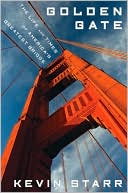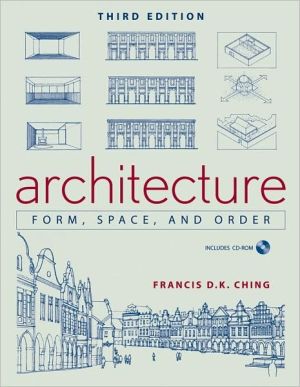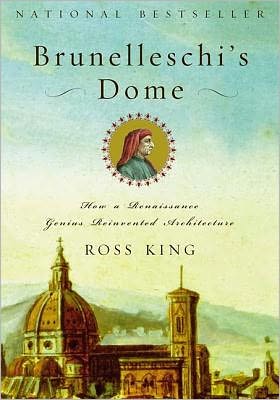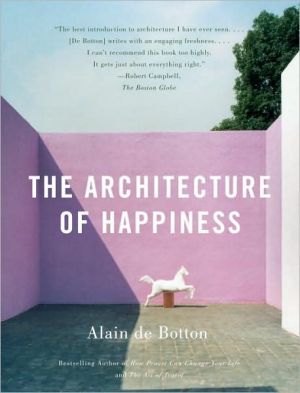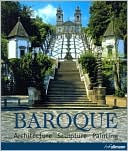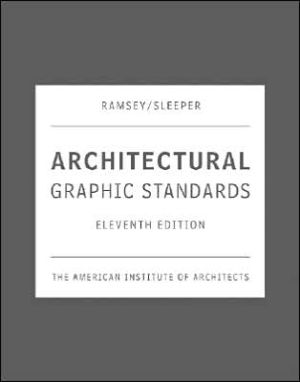Architct Design Eurp Amer C
Architecture and Design in Europe and America, 1750-2000 is an unprecedented teaching anthology that surveys the history of European and American architecture and design using both historical and contemporary sources.\ \ \ Brings together the best scholarship on the subject, creating a new canon for teaching purposes by introducing a thematic approach.\ Covers three major periods, from 1750-1830, from 1830-1910, and from 1910-2000, with substantial introductions by the editors.\ Pairs primary...
Search in google:
Architecture and Design in Europe and America, 1750-2000 is an unprecedented teaching anthology that surveys the history of European and American architecture and design using both historical and contemporary sources.Brings together the best scholarship on the subject, creating a new canon for teaching purposes by introducing a thematic approach. Covers three major periods, from 1750-1830, from 1830-1910, and from 1910-2000, with substantial introductions by the editors. Pairs primary documents with well-known historiographical essays - along with some key but under-represented works.
Introduction : classifying knowledge11The architectural plates from the "encyclopedie"132The plates of the Encyclopedia203From The archaeology of knowledge254Palladian permeation : the villa495The country house : form, function and meaning596Plans and elevations for the Villa of Lord Mansfield at Kenwood747From The Royal Academy lectures on architecture798From A description of the villa859Thomas Jefferson9010From A philosophical enquiry into the origin of our ideas of the sublime and beautiful9611On architecture and buildings9912From An analytical inquiry into the principles of taste10713Iconography and landscape11614The plans and elevations of John Nash12615Architecture, essay on art13616The sphere : reading a gender metaphor in the architecture of modern cults of identity14417Karl Friedrich Schinkel16318Reading architectural herstories : the discourses of gender17219An apology for the revival of Christian architecture in England20920Architecture in the nineteenth century : importance of method21521From Science, industry and art22122The nature of gothic22723The revival of architecture23324Some recent designs by Mr. C. F. A. Voysey24225Style24926Ornament in architecture25427The tall office building artistically considered25828Plasticity26529The nature of materials26730Women and architecture27031The programmes of the architectural section of the Ecole des Beaux-Arts28432Adler and Sullivan at the 1893 world's Columbian exposition in Chicago29133Public parks and the enlargement of towns29534Paris : building a European capital under the second empire30035Garden cities of tomorrow30536Modern systems30937Construction31638Ornament and crime34839Architecture35540Manifesto of futurist architecture36441The turbine hall of the AEG36842The state of German architecture37043Programme of the Staatliche Bauhaus in Weimar37644Letter to the younger generation37945Space (architecture)38246Where do we stand?38547The problem of a new architecture39048The creative spirit of the world crisis39449Solved problems : a demand on our building methods39750Explanation of the educational program39951Report of the De Stijl Group40252From Towards a new architecture40353Architecture in everything, city planning in everything41154On discovering Gaudi's architecture41855The split wall : domestic voyeurism42056Nine points on monumentality42957Monumentality43458Reaffirmation of the aims of CIAM44159Functionalism and technology44560The death of modern architecture45561Towards a critical regionalism : six points for an architecture of resistance46562The pleasure of architecture47963Scale and span in a global digital world488
\ From the Publisher“As the first post-structuralist anthology on modern architecture, this compendium embraces feminist, post-colonial, and other historiographical critiques. Its careful selection of primary and secondary sources encourages reflection on the ways architectural history has been constructed.” Nancy Stieber, University of Massachusetts Boston\ \ \


